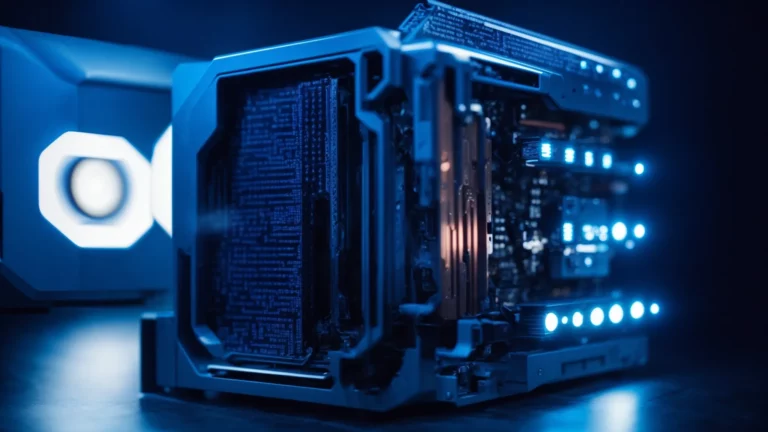No matter the end products that your firm produces — whether action, strategy or specifically children focused — you likely struggle with the same setbacks that affect all game design teams. Lack of coordination, aging hardware, and unified direction are some of the primary conflicts that delay startups and juggernauts alike. Keep reading for some tips to guide your gaming company through the common pitfalls it may encounter.
1. Maintain a focused direction.
In order to successfully navigate all the troubled waters that prevent a game rollout from happening successfully and on time, make sure that your team is always on the same page. Scheduling weekly update meetings or monthly strategy get-togethers is a great way to combat this separation of ideas that is inevitable as each component of your design team works away at its own task. The size of each project that game developers work on is often immense, leading to a breakdown in a unified direction that can translate into costly fixes later or a disjointed final product for gamers.
2. Use a Key Result framework for strategic priorities.
Using Workboard software to set OKR goals (Objectives and Key Results) is a great way to keep your team focused and on track so that they meet any ambitious goals you’ve set. OKR software helps you set overarching objectives and strategic priorities that need to be met in order to progress the development of any particular segment of the design, and key results that act as milestones along the way to achieving the overall goals. Google utilizes this goal setting framework in its development of new services and technologies, so you should too!
3. Keep your hardware up to date.
Using old PCs and aging connectivity infrastructure is a surefire way to see delays in the progress of your game development. Keep your infrastructure humming with new dedicated game servers that improve playability for the gamers who will enjoy your product, and new machines for your programmers so that they can work with the cutting edge of technology in designing your next great work of art.
4. Maintain solid lines of communication.
Communication is key to a team that works well together. Keep your staff in the loop on any important developments and they will continue to report back to you as well. Open lines of communication benefit everyone in the office by creating more transparency and trust among the entire office.
5. Manage conflict head on.
Conflict is an inevitable part of any office culture. Employees often butt heads over style choices, important decisions about the script or rendering processes, or just because of personality clashes. Taking up the responsibility of managing conflicts in the office as they arise will go a long way to keeping your staff happy and working together toward the end goals.
6. Delegate important tasks and responsibilities.
Delegating tasks is an essential function of any manager. No one can do it all, but delegating an important task to your team makes them feel responsible and trusted. In contrast, only passing off menial work will make your deputies feel underutilized and unimportant.
7. Lead by example.
Leading by example is easier said than done, but it starts with the simple things. If you expect your team to be in the office at 8 am, then you should be too. If you want to set a hard deadline that will be challenging for your development team, then make sure you don’t slack on your obligations to provide for them in return. When you lead the office from the front your workforce will want to follow in your example.
8. Maintain a fun environment for your staff.
Keeping the workplace fun is a great way to increase the overall happiness in your office. When your staff is satisfied with their workplace and output the overall level of productivity is increased as a result. One crucial consideration in meeting deadlines is to give your staff the support it needs. This means breaks, fun diversions, and team-building exercises that make everyone feel welcome and part of the family. Team management is a tough task, but with many small changes, it can be made simple.












